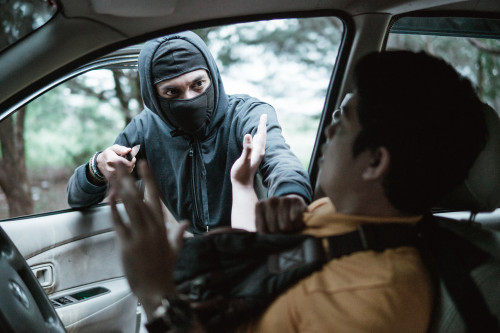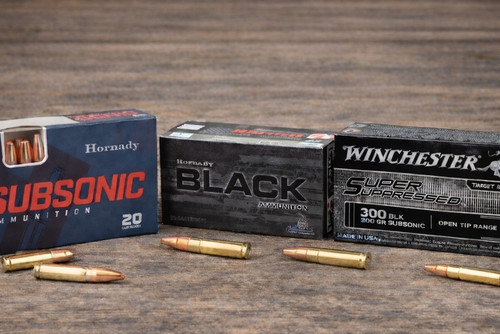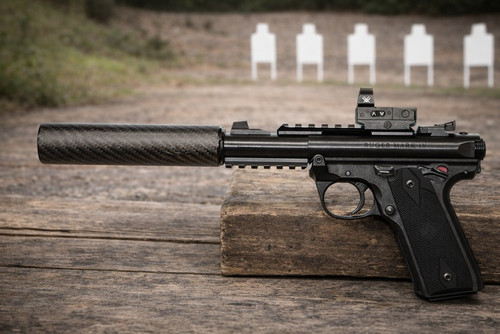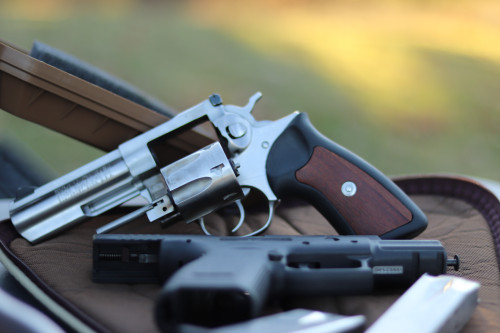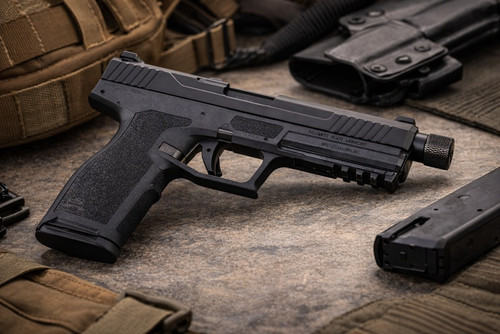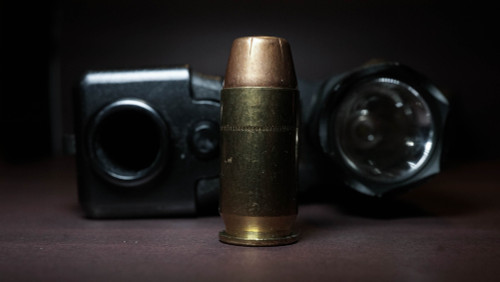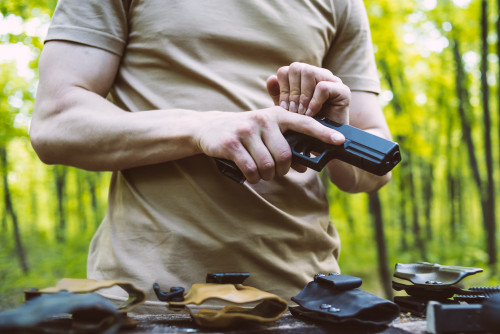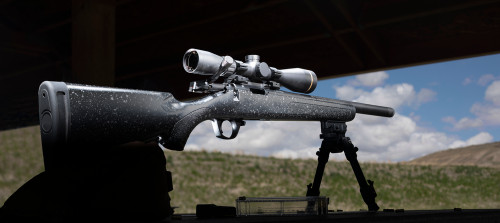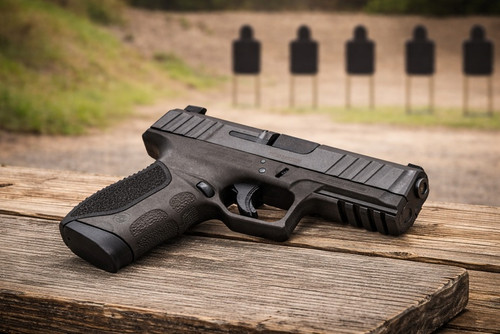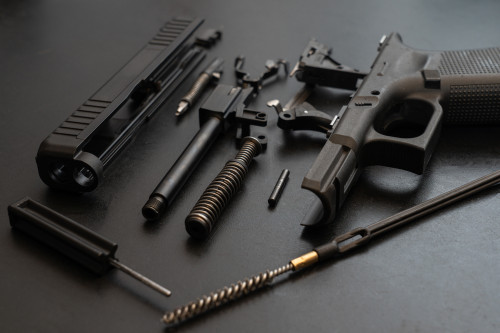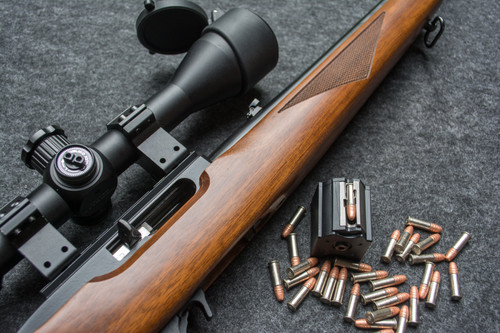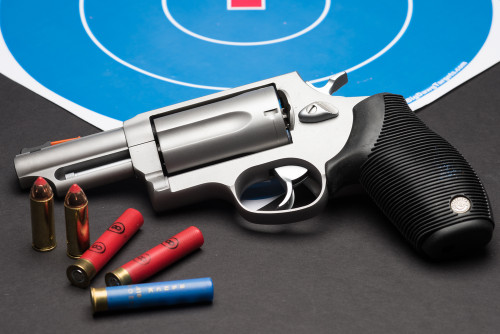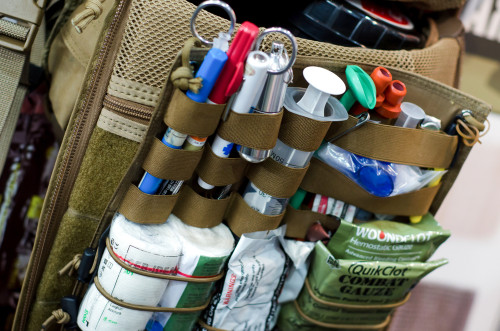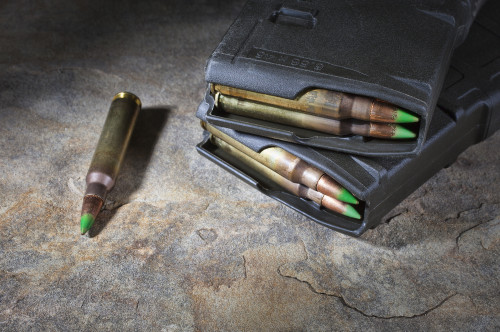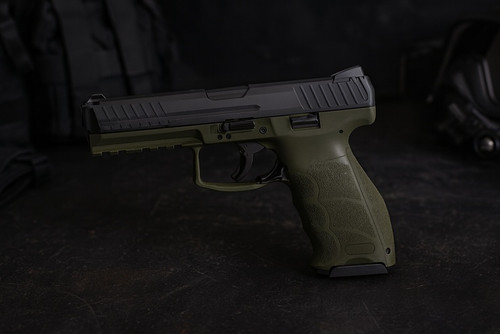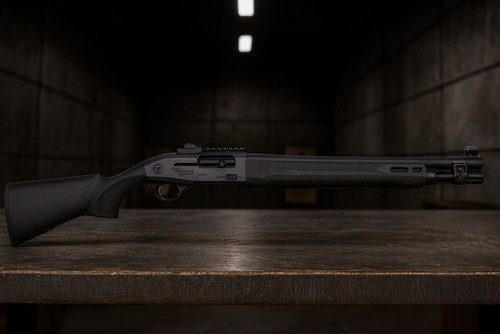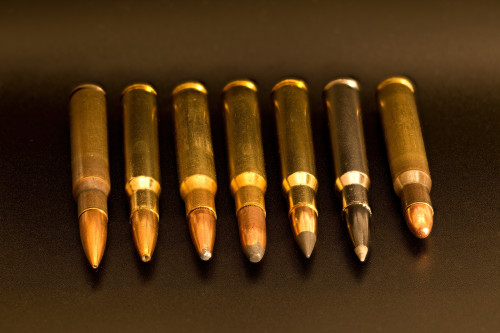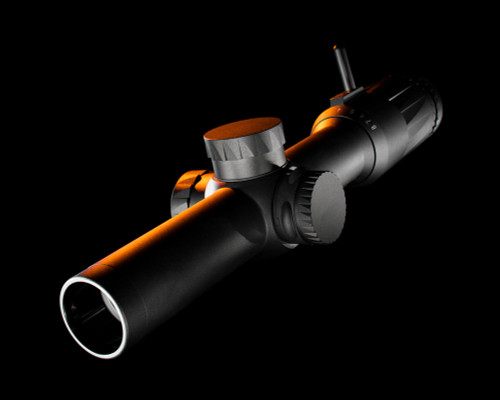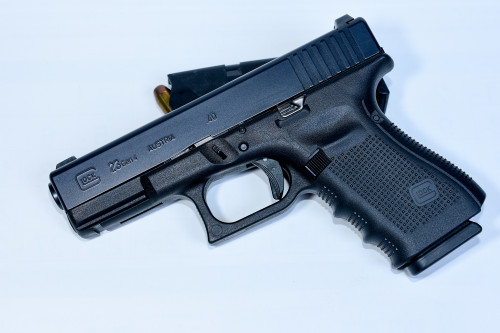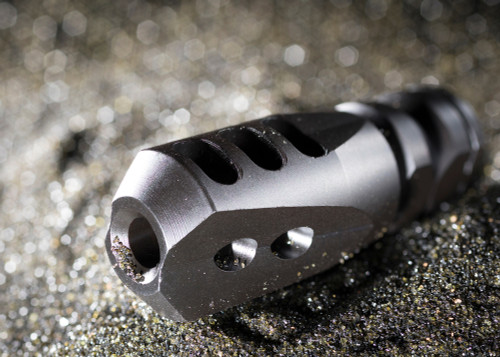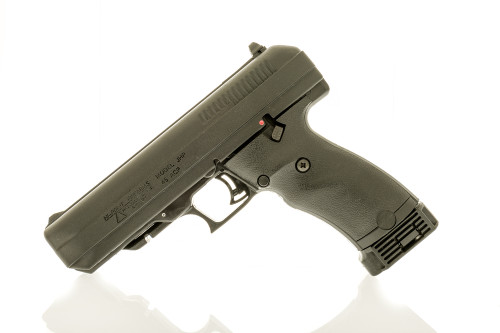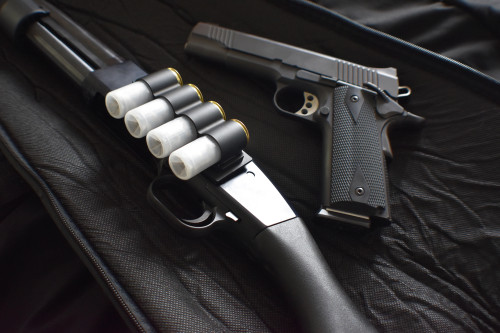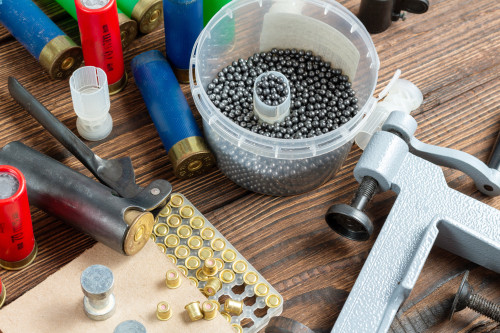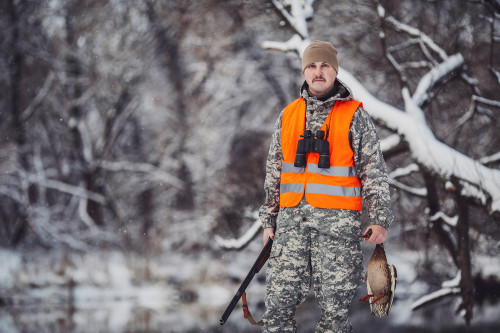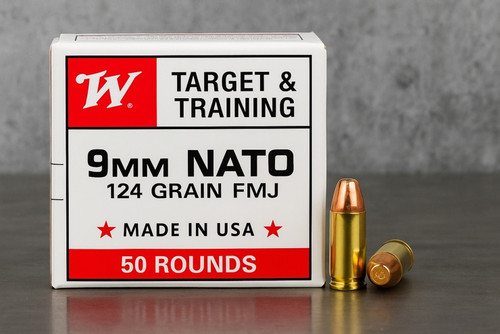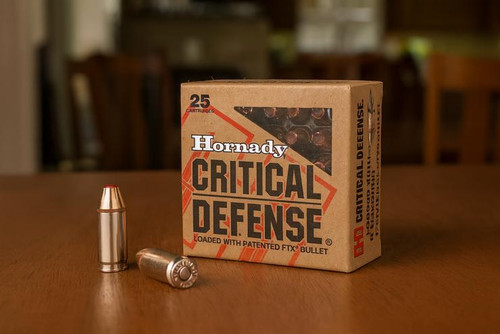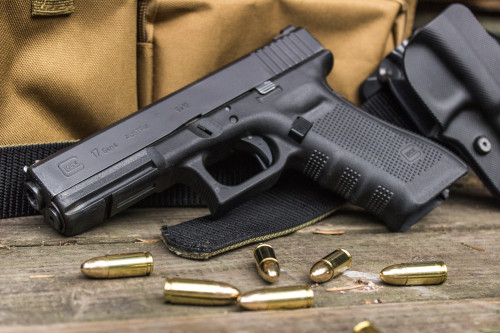Despite what media talking heads would have us believe, we live in pretty good times. We face less danger, violence, and death now than in any other time in human history. Thanks mostly to science and technology, fewer and fewer people are desperate enough to resort to violence.
However, fewer doesn’t mean none. The threat of violence is still a very real part of life in human society. Plus, Murphy’s law suggests you’ll likely encounter violence at the worst time, under the worst conditions, and with no police officer in sight.
That means you have a choice to make: You can either play the odds and hope violence never finds you, or you can take responsibility for your own safety. We recommend the latter.
In this article, we’ll cover basic principles of self-defense as well as some of the most common self-defense scenarios you might encounter (and how to handle them effectively).
Legal Disclaimer: While we believe that every person has an inalienable right to self-defense, there are places in America (and the world) that don’t feel the same way (or at least have some troubling laws on the subject). We’re presenting a broad overview of the topic to get you thinking about how self-defense might apply in your life. This is not legal advice.
The Basics of Self-Defense
Self-defense is the act of protecting yourself, your loved ones, and innocent bystanders from violent attacks. Self-defense is not about drunken bar fights, ego clashes, or other childish nonsense. If you could have walked away from the situation, but instead chose to fight, it’s not self-defense.
That said, the best self-defense solution is the one that avoids the situation altogether. However, if you can’t avoid the situation, you need to deescalate. If you can’t deescalate, you want to cause your attacker to flee. If your attacker won’t flee, you must fight. If you fight, you must win. It is not an option, but an acknowledgement of your reality. The only other option is to get seriously hurt or killed.
As the possibilities are endless, it’s impossible to prepare for every single scenario. Instead, it’s best to develop fundamental skills that can be applied in a variety of situations and to understand the challenges of making life-changing decisions under extreme pressure.
These fundamentals can be divided into soft skills, hard skills, and decision-making:
Soft Skills
Soft skills are the mental, verbal, and social tools you can use to prevent, avoid, and deescalate violent encounters. Here are a few key soft skills to cultivate:
- Develop situational awareness: Pay attention when you’re out in the world. Walking around on your phone or listening to music makes you clueless to what’s happening around you. Clueless people are prime targets for violent crime.
- Trust your intuition: Victims of violent crime often report ignoring a bad feeling prior to the encounter. Your brain passively collects huge amounts of information and communicates to you with a gut feeling. Trust it.
- Understand body language: How you carry yourself can determine whether or not a criminal sees you as prey. If you walk around meek and hunched, you’ll be a target. On the other hand, if you walk with bravado and like you own the place, your demeanor could be seen as a tempting challenge. Find the right balance.
- Identify precontact cues: Violent criminals often exhibit specific behaviors before an attack such as fidgeting or scanning for witnesses. Learn to spot these behaviors so you can turn around and walk the other way.
- Verbal tools: Language is a powerful tool in conflict both for deescalation and for confusing attackers. Language can also escalate conflict or encourage attacks if you say the wrong thing. Understand how to use language in a crisis.
- Know your enemy: Criminal psychology can reveal how victims are chosen, what motivates violence, and how to avoid being a target. Generally, attackers want to either take your possessions or hurt you. Understand the difference.
- Know the law: Everything you do in self-defense will be scrutinized by the legal system. Knowing the law can help you make the right decision at the right time. Fair or not, one wrong move could put you in more trouble than the attacker.
- Self-defense mindset: Decide beforehand that you’ll do whatever it takes to protect yourself and others. Violence is such an unfathomable situation for most that victims often freeze when attacked. You must mentally prepare before violence occurs.
Hard Skills
When soft skills are not enough, you need to fight. Hard skills are the tools, training, and learned behaviors that will help you survive a violent encounter.
- Physical fitness: All things being equal, the faster, stronger, more conditioned person will survive violence. Good fitness improves every aspect of your ability to fight, shoot, provide medical care, run away, and more. Plus, fitness improves confidence and makes you less of a victim. There is no substitute to being in shape.
- Unarmed fighting: Not everything can be (legally) solved with a gun, so you need to be able to manage non-lethal conflict. Some great combat sports to practice include MMA, Brazilian Jiu Jitsu, Muay Thai, Wrestling, Boxing, Judo, etc. Once you nail down your core techniques, start training at full speed and intensity. If you can’t practice at full speed in the gym, then your training is guaranteed to fail under the stress of actual combat.
- Firearms: Guns are the great equalizer. All the Judo in the world can’t save a 90-year-old woman from a determined 250-pound man in good health — but a gun will do the job just fine. If you decide to carry a gun, get professional instruction and train regularly. Otherwise, you’ll just end up arming your attacker.
- Non-lethal weapons: If you are unwilling or unable to carry a gun, tools like pepper spray, mace, and tasers are good alternatives. While they don’t always work, they may give you the opportunity to escape and survive. Practice their deployment so you can perform under stress.
- Application training: Situational training brings together soft and hard skills into realistic, unified scenarios that mimic the stress and chaos of real conflict. While this training can be hard to find, it’s extremely valuable when done right.
Decision Making and Planning
The actions you take in self-defense will depend on the specific tactical situation. No matter what scenario you find yourself in, you must factor in the following:
- Your attacker(s): Who are you up against? How many? Are they armed? Is it a group of hardened criminals or one strung-out kid? Do they want your stuff or your life?
- Yourself: What are your physical traits? What are your skills and capabilities? Are you a 90-year-old woman, a middle-aged veteran with combat experience, or a 25-year-old in good health, but without much training? The earlier you can identify your weaknesses and strengths, the quicker you can work to improve the most necessary skills.
- Your weapons: What weapons are at your disposal? How proficient are you with those weapons? Does the situation require lethal force?
- Your responsibilities: Are you alone? Are you with your spouse and/or your children? Are you tasked with defending a bystander or just property?
- The environment: Are you in a crowded subway or a deserted parking garage? A forest path? Your home? Is it raining? Snowing? Day or night?
- The law: What are you legally allowed to do under the circumstances? How will your actions be perceived by a jury?
This is a very brief list of the many variables that can affect your decisions in a self-defense situation. Yes, it’s difficult. Yes, it’s unfair. It can even be horrifying — but you can’t afford to be naive about the cruelty of a violent attack.
To improve your decision-making, consider these scenarios as you go through daily life:
- Road rage: The big pickup truck you cut off follows you into a parking lot and its driver emerges with a gun — he starts approaching you and your family.
- Random Attack: You’re jogging in an unfamiliar neighborhood — and a mugger cuts you off on the sidewalk.
- Robbery: You’re in line at a gas station during the day — and somebody pulls a gun on the cashier.
- Dog Attack: Your kids are playing in the front yard and the neighborhood dog gets off its leash, hops the fence, and comes after them.
In a crisis, almost any plan is better than no plan. Mental preparation is key to success and survival.
7 Common Self-Defense Scenarios
Now, let’s explore some common scenarios to see how the ideas described above can be applied in a specific context. But remember, no two situations are alike and your decisions will always depend on a multitude of factors.
As we mentioned above, a violent criminal usually wants one of two things:
- To take your stuff (but not necessarily hurt you)
- To hurt you (and probably take your stuff, too)
Knowing this, we can divide violent attacks into two main groups:
Group A: They Want Your Stuff
Of the two possible situations, this one is ideal because you might be able to negotiate by simply giving the attacker what they want.
1. Mugging
“Give me your stuff or I will hurt you.”
A mugging occurs when you’re on the street (usually on foot) and an attacker demands your possessions with a threat of force. They may also be on foot or arrive via motorcycle or car. It could be one or several attackers, who may or may not be armed.
Depending on the value of your possession and the specifics of the situation, you might just want to hand it over. Despite all the philosophical arguments about emboldening criminals, at that specific moment, the only question is whether your wallet or cell phone is worth the risk of physical harm to yourself or your companions. Only you can decide what’s right.
If you deem the situation a lethal threat, remember not to draw your gun on the attacker’s drawn weapon. Wait for their attention to be diverted before engaging.
Keys to survival:
- Situational awareness
- Physical fitness
- Avoid displays of wealth
- Avoid high-risk areas
- Walk in groups
- Don’t look like a victim — it’s the law of the jungle
2. Carjacking
“Get out of the car and give me your keys, or I will hurt you.”
A carjacking occurs when an attacker wants to take your car by force. You may or may not be in the car, which could affect the actions you take. Similar to a mugger, the carjacker is usually just after your car (not you), so it might make sense to let them have it. More than half of stolen cars are eventually recovered anyway. Many are found damaged, but full coverage insurance will likely pay for that.
That said, you need to consider the other riders in your car. You can’t hand over your car if your kids are in the back seat or your baby is strapped into a car seat. In this case, you might need to fight in order to escape.
But remember, the tactical situation here is very different. If you’re driving, you’re basically in an armored death machine, which could be used to your advantage. You can just drive away or possibly run over your attacker (who is usually on foot). Depending on the law, running over someone trying to jack your car might land you in serious trouble. However, if they are pointing a gun at you, you’re probably justified.
Keys to survival:
- Situational awareness
- Physical fitness
- Keep your doors locked and windows up
- Drive with an easily accessible gun (where legal)
- Be ready to escape
- Avoid high-risk areas
- Avoid groups of idle young men
3. Home Invasion
“I am in your home taking what I want. If you try to stop me, I will hurt you.”
Like both muggers and carjackers, home invaders are usually just after your possessions. In some cases, the right decision might be to surrender them.
But unlike muggings and carjackings, in a home invasion you can’t retreat. Your home is your last line of defense. For this reason, even the most criminal-friendly cities and states usually allow defenders the right to defend their homes with lethal force (aka “Castle Doctrine”).
Furthermore, while the invaders may not be intending violence initially, they may escalate due to the power dynamics of the situation. In other words, if you’re vulnerable and alone, you might become a target even if that wasn’t their original plan. Be ready to fight.
Keys to survival:
- Situational awareness
- Physical fitness
- Make your home a hard target
- Routinely check and secure doors and windows
- Use lights, cameras, alarm systems, deadbolts — and get a dog
- Get a gun and learn how to use it
- Remember, defenders (you) have the advantage here
Group B: They Want to Hurt You
This is the worst-case scenario. Through your own mistakes or plain bad luck, you come face to face with a real-life monster that wants to hurt you. They don’t want your stuff — they want to beat you up, rape you, torture you, and/or kill you. In this case, you have three options:
- Escape
- Deescalate
- Fight
Submission is not an option.
4. Public Assault
“I want to hurt you, and I want other people to see it.”
In this case, someone attacks you in a public place (armed or unarmed). The attacker may have many different motivations for this. For instance, you might have cut them off in traffic. You might have pissed off your neighbor for the last time. You might have said something that the other person interpreted as rude. You never know how people might react to words these days, or to what lengths they will go to save their pride or take revenge.
Or they might simply be a drooling savage looking for thrills. While it’s important to consider these motivations, you don’t have time for a Criminal Minds episode here. Either way, this is a situation you have to deal with quickly.
It’s key to understand which situations you can disengage from and which you have to fight your way out of. If someone is merely threatening assault, you might be able to turn around and leave. If they block your escape route, you’ll probably have to fight.
However, public attacks also tend to lack commitment because there are so many people present. If you make it clear you intend to stand your ground, it might be enough to dissuade an attacker. They look for easy targets, so don’t be one.
Also, understand how the situation will be perceived from all the cell phones and CCTV cameras that might be recording.
Keys to survival:
- Situational awareness
- Physical fitness
- Don’t look like a victim
- Avoid walking alone in high-risk areas
- Don’t “eyeball” people you don’t know
- Watch out for precontact cues
- Carry a concealed handgun
- Develop unarmed fighting skills also
5. Secluded Assault
“I want to hurt you, and I don’t want anyone to see it.”
This is a much more dangerous situation. Here, someone attacks you in a public but isolated area such as a parking garage or deserted street at night. Otherwise, they might attack you in your home when you’re alone. There are no witnesses or bystanders, and the attack is probably premeditated.
You cannot negotiate in this situation. If you can escape, you must. If you have a gun, shoot to kill. If you have mace or pepper spray, use it all. Use your voice. Make a scene. If you’re unarmed, scratch, claw, bite — become an animal. You’re fighting for your life.
If at all possible, run. Under no circumstances should you allow yourself to be taken to another location. No matter what they say, they are taking you somewhere else to have more control and fewer witnesses. This is always to do something horrible.
Keys to survival:
- Situational awareness
- Physical fitness
- Depending on your vulnerability, never walk alone in isolated areas
- If alone, don’t take rides from strangers or let them into your house
- Carry a concealed handgun
- Keep your hand on your weapon as you walk
- Park in well-lit areas
- Learn to fight — mentally and physically
6. Dog Attack
“Bark grrrrrrrrrr bark”
In this case, an out-of-control dog attacks you or a loved one. These cases are tragic because the person at fault here is really the owner who is either unwilling or unable to control their dog. Either way, you cannot allow your kid, your dog, or yourself to get mauled by some unchained pitbull running amok like a maniac.
You can consider carrying dog spray but this might not work, and tasers are sometimes ineffective against larger dogs. Sadly, a firearm is most effective in this situation. Just be sure you have a clear shot at the dog. You don’t want to accidentally hit your kid or a bystander.
If unarmed, you might need to get physical with the animal to protect your family. While you could lose a hand, you as an adult stand a better chance of survival than a child.
Don’t worry, though. You as a human have more flexibility, weight, and dexterity than a dog. Always protect your face and neck, but use your weight to pin down and wrap the dog up. It might be scary, but if you’re unarmed, and there is no reasonable escape but to kill the dog, you can incapacitate the dog by hyperextending its vertebrae. Yes it’s brutal, but it’s better than losing your life or the life of a loved one.
Keys to survival:
- Situational awareness
- Physical fitness
- Maintain positive control of your own pets (and children) at all times
- Stick to known areas
- Be vigilant at dog parks and on forest trails
- Assume all dogs are dangerous until proven otherwise
- Assume all dog owners are idiots until proven otherwise
- Assume the small woman over there cannot stop her pitbull if it wants to escape
7. Active Shooter
“I have a gun and I want to cause as much horror and pain as I can.”
This is a unique and somewhat rare situation where a psychopath has decided to shoot up a school, mall, restaurant, office, or some other place where innocent people are gathered. They often cannot be reasoned with, and have every intention of dying in the process.
If there is any reason to justify carrying a concealed weapon, this is it. The calvary might not be coming, so if you’re in the situation, you must act. You need to kill the shooter. End of story. Every second they continue, more innocent people will die. If you’re unarmed, you might still need to act, depending on the situation and your skills and abilities.
If possible, take cover first. Get your family and yourself to safety (as much as you can), then worry about dealing with the threat.
Of course, these situations get a disproportionate amount of media attention. It’s very unlikely you will ever encounter such violence, much less a legitimate psycho on a rampage. However, unlikely is not the same as impossible.
Keys to survival:
- Situational awareness
- Physical fitness
- Be armed and trained — this is why we carry guns
Violence in Context
If you don’t want to be a victim, you must prepare to face violence. Plus, self-defense training has value beyond practicality. Training to face violence improves confidence, enhances critical thinking, and makes the world a safer place for everybody.
But violence, while real, is uncommon. Even in the most dangerous cities, you’re 99% more likely to die of some combination of heart attack, stroke, obesity, smoking, or car accident than by violent attack.
If you’re really worried about mortality, focus most of your effort on improving your health. Physical fitness and other healthy lifestyle factors will improve your life and reduce your risk of death — plus improve your ability to defend yourself in a real-world situation.
Physical fitness plus situational awareness will make you vastly safer than most people on earth, so this is where we recommend you begin. Next, seek training in unarmed combat and firearms to improve your tactical skills, should you ever need to deploy them.
When you’re ready to take the leap and become a concealed carrier, check out our online store. At Pro Armory, we have a complete selection of ammo, equipment, and training materials to support your journey from victim to confident and competent self defender. Sign up for our newsletter to be notified when training officially launches.



